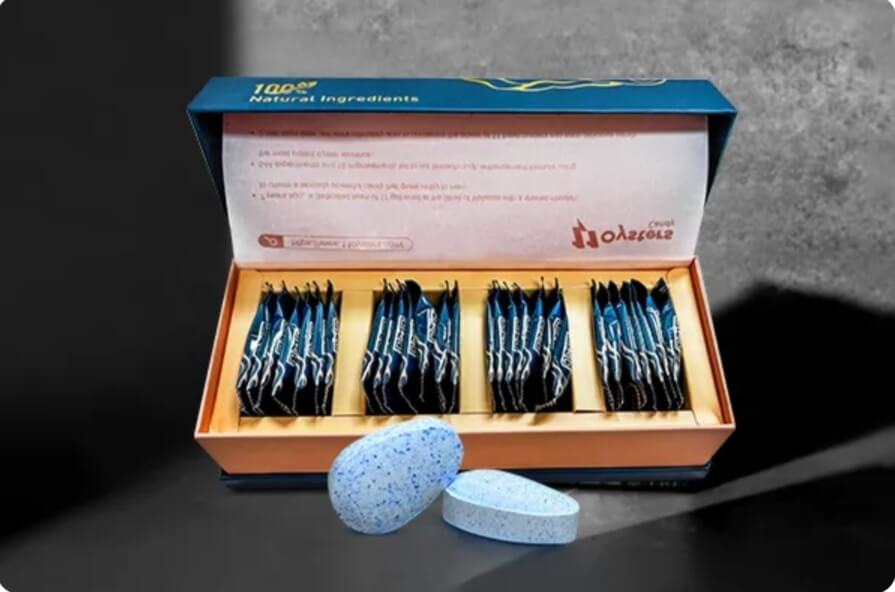Although living with low vision can be difficult, modern technology has made it much easier to live a normal life. There are many low-vision aids that can be used to assist people with visual impairments. These range from smart glasses to electronic glasses with accessibility features. This blog post will discuss the most recent developments in low-vision technology as well as what the future holds for people with low vision.
Read About Telecoms Company
What is Low Vision?
Low vision refers to a condition where an individual’s vision is impaired beyond what can be corrected by traditional methods like glasses or contact lenses. This condition can have a major impact on daily life and may require special aids to compensate. We will examine the risks and causes of low vision in this essay.
Low vision: Causes
A variety of factors can cause low vision, including eye disease, injury, or aging. Low vision is most commonly caused by:
- Macular drusen: A condition where the central portion (the macula), of the retina, is damaged, leading to loss of central vision.
- Glaucoma is a group eye disease that can damage the optic nerve and cause loss of peripheral vision.
- Diabetic Retinopathy: This is a condition that occurs when diabetes causes damage to blood vessels in the retina. It can lead to vision loss.
- Cataracts are a condition where the lens of an eye becomes cloudy. This causes visual clarity to be lost.
- Low vision can also be caused by trauma to the eye, head or neck.
Low vision: Risks
Low vision can be associated with several risks. Low vision is associated with several risk factors, including:
- Age: Low vision is more common among older adults. The risk of developing low vision increases significantly after 60.
- Family history: People with a history of low vision or eye disease may be at greater risk.
- Low vision can be caused by chronic health conditions.
- Lifestyle factors: Poor diet, smoking, and inactivity can all increase your risk of low vision.
- Low vision: There are certain occupations that can increase your risk, such as welding and construction.
Low Vision Technology: The Latest Developments
There are many low vision aids available today that can assist people with visual impairments in everyday tasks. The following are some of the most recent developments in low-vision technology:
Electronic glasses and headsets
Wearable devices such as headsets and electronic glasses can be used to help low-vision individuals see better. These devices make it possible to see objects clearly from far away using digital technology. Many headsets and electronic glasses also have built-in cameras, which can capture images and send them to a mobile device or screen. This allows low vision people to see the world in new ways.
Smartphones and Tablets With Accessibility Features
Accessibility features make it easier to use smartphones and tablets for those with low vision. These accessibility features include text-to-speech and speech-to text functions, magnification, and high-contrast displays. Apps are available for low-vision individuals that allow them to navigate maps and read books.
Wearable devices and sensors
Sensors and wearable devices are made to assist low-vision individuals with their navigation. A wearable device worn around the neck, for example, can detect obstacles and provide tactile feedback. To provide additional sensory information for low-vision individuals, other devices can be attached to a guide dog harness or walking cane.
Robotics and Artificial Intelligence
Artificial intelligence (AI), robots, and artificial vision (ROP) is being created to assist central visual individuals in tasks that require precision or accuracy. Robots can also be used to assist low-vision individuals with cleaning, cooking, and other household chores. Low vision people can also use AI-powered devices to assist them with reading, writing, and other tasks that require visual acuity.
Low Vision Technology Users Have Had Success Stories
Many people with visual impairments have seen a dramatic improvement in their lives through low-vision technology. These are some of the success stories of low-vision technology users.
- Blind musician Dave Power uses electronic glasses to read sheet music and see the audience during performances.
- Lizbeth Mejia is a college student with visual impairments who uses a text-to-speech app on her phone to read books and take notes.
- Erik Weihenmayer is a blind mountain climber who uses a wearable device to detect obstacles and provide haptic feedback.
- Vanessa Ruiz is a TV news anchor who has low vision and uses a tablet with high contrast and magnification to read scripts and watch videos.
Future Opportunities for Low Vision Technology
There are many low vision aids on the market today. However, there is always room for improvement and innovation in this field. These are some future developments in low-vision technology:
Brain-Computer Interfaces
To assist low-vision individuals with their interactions with computers and other devices, brain-computer interfaces (BCIs), are being created. BCIs translate brain signals into computer commands and allow low-vision individuals to use computers with greater ease.
Augmented Reality and Virtual Reality
As aids to low vision people, Augmented Reality (AR) or Virtual Reality (VR) are being investigated. AR glasses can overlay digital information onto real-world objects, making it easier to navigate for low-vision individuals. VR devices can be used to create immersive environments that allow low vision people to practice new skills and explore new places.
Gene Therapy
Gene therapy is a promising area in research that could possibly cure or alleviate certain types of inherited sight disorders. Researchers are looking into gene therapy as a way to correct or replace genetic mutations that can cause low vision. This technology holds great promise for low vision treatment in the future, even though it is still in its infancy.
Artificial Retina Implants
As a possible treatment for some types of vision loss, artificial retina implants are being researched. These devices replace non-functioning retina cells with electronic components that transmit visual signals to the brain. Although this technology is still in its infancy, some people with the retinal disease have seen improvements.
Here are some tips to help you choose low vision technology
Here are some tips for those who want to invest in low vision technology.
- Before you buy, do your research. Read reviews and research the pros and cons of each type of low vision technology before you make a purchase.
- You should try before you buy: Low vision aids can be costly so it is important to test them before buying. You should look for retailers that offer demo units and trial periods.
- Take into account your needs. Think about what tasks you require assistance with. Then, search for technology that can help.
- Talk to a professional about your options. A low vision specialist will help you assess your options and make recommendations that are specific to your needs.
Conclusion
In recent years, low vision technology has advanced significantly. There are many devices and aids that can help people with visual impairments live more independently and with less effort. There are many options for low-vision people to choose from, including lighted magnifying glasses and electronic glasses. The future of low vision technology is bright. There are potential advances in brain-computer interfaces and augmented reality as well as gene therapy and artificial retina implants. These exciting developments make the future of low-vision technology more bright than ever.





